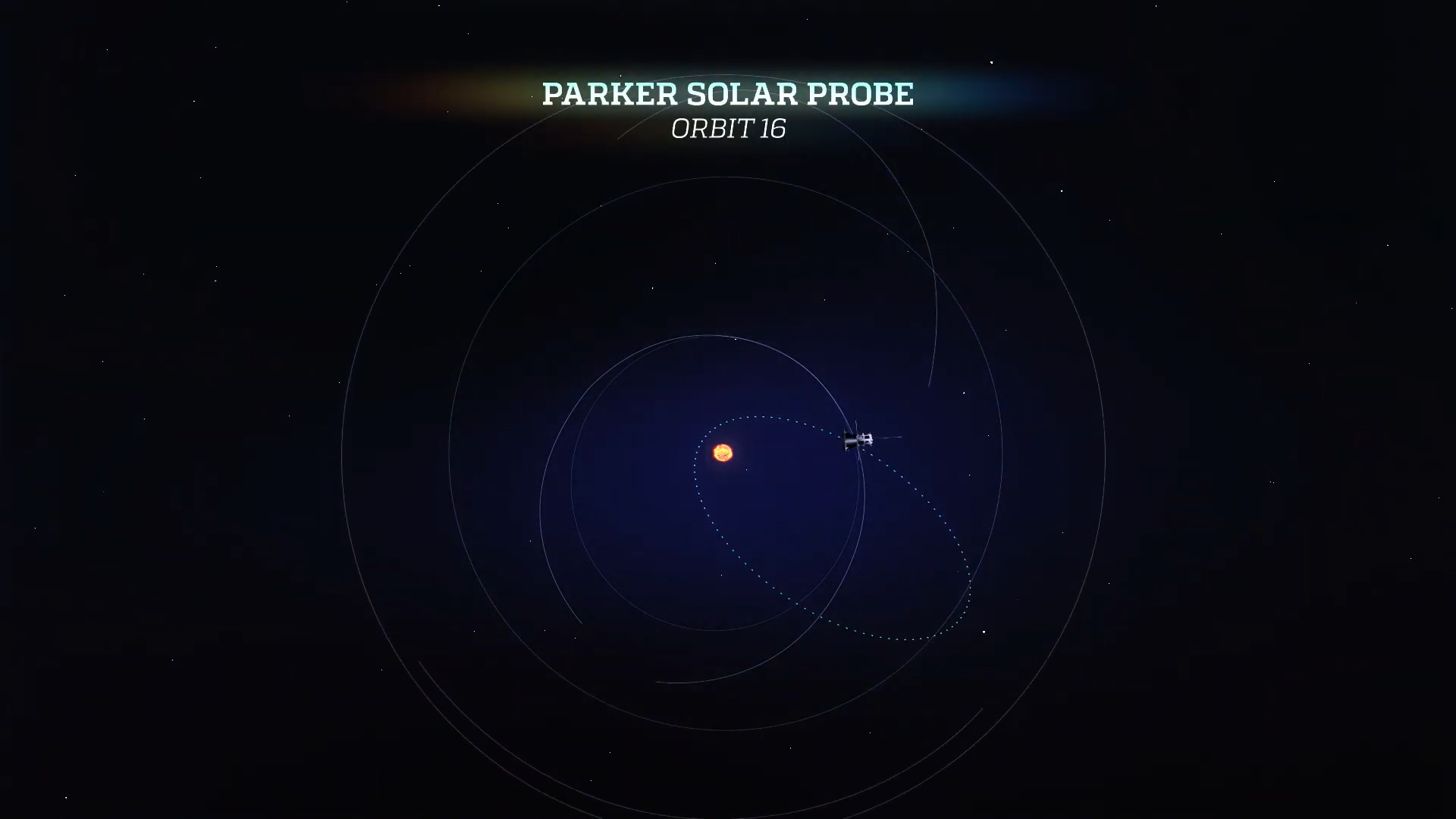Parker Solar Probe Completes 16th Science Encounter
Posted on 2023-06-29 20:34:19NASA's Parker Solar Probe has completed its 16th science orbit, which included a close approach to the Sun (known as perihelion) that brought it within just 5.3 million miles of the solar surface on June 22 while moving at 364,610 miles per hour.
The mission team at the Johns Hopkins Applied Physics Laboratory (APL) in Laurel, Maryland, noted the close approach was preceded by a small trajectory correction maneuver (TCM) on June 7 — the first course correction since March 2022. Mission Design and Navigation Manager Yanping Guo of APL said TCMs are performed periodically to ensure that the spacecraft remains on course, and the latest maneuver kept Parker on track to hit the "aim point" for the mission's sixth Venus flyby on Aug. 21.
The team will continue monitoring Parker's progress to determine if any other such maneuvers will be necessary over the next several months as the spacecraft prepares for this flyby, Guo added. The August flyby will be the sixth of seven anticipated flybys of Venus, with Parker using the planet's gravity to tighten its orbit around the Sun and set up a perihelion within 4.5 million miles from the Sun's surface.
"The burn performance was spot on, which sets us up well for targeting our next Venus flyby," said APL's Nick Pinkine, Parker Solar Probe mission operations manager, adding that the spacecraft emerged from the maneuver and flyby healthy and operating normally.
"Parker has already taught us so much, allowing us to investigate the source of the solar wind and discover more about the magnetic activity within the corona," said Nour Raouafi, Parker Solar Probe project scientist at APL. "We're excited to see what else this mission has to show us as Parker gets even closer to an increasingly more active Sun."
Parker Solar Probe was developed as part of NASA's Living With a Star program to explore aspects of the Sun-Earth system that directly affect life and society. The Living With a Star program is managed by the agency's Goddard Space Flight Center in Greenbelt, Maryland, for NASA's Science Mission Directorate in Washington. APL designed, built and operates the spacecraft and manages the mission for NASA.
- Erin Copland, Johns Hopkins APL
Credit: NASA/Johns Hopkins APL/Mike Yakovlev/Josh Diaz

2023-06-29
High-Res Image